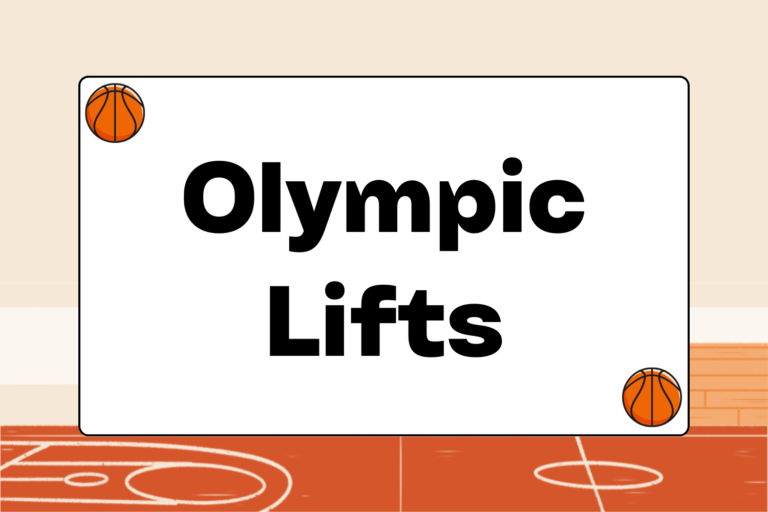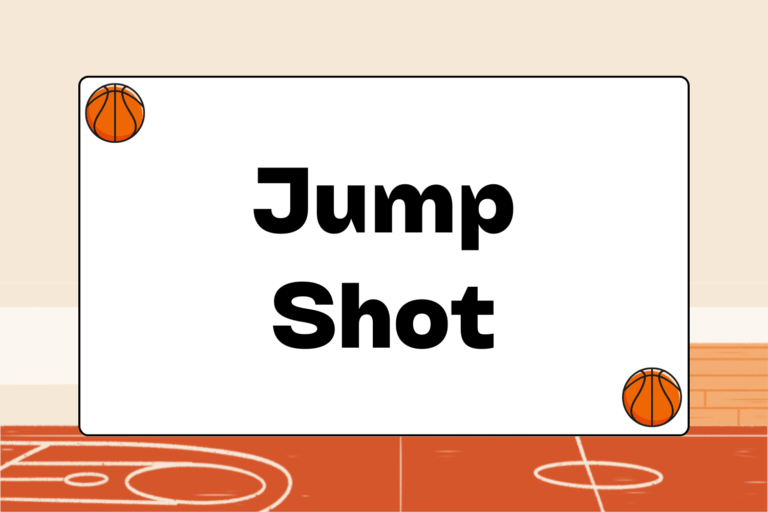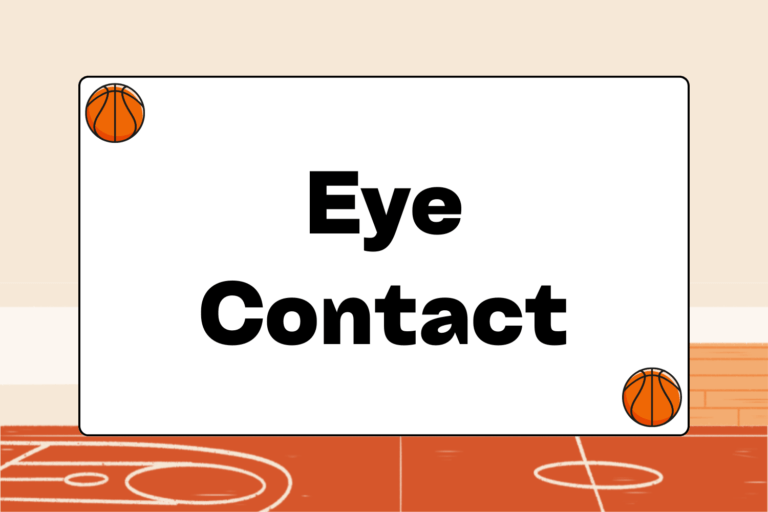Being safe on the court means having the awareness to stop playing if you’re in pain or feeling too tired. Most basketball injuries heal quickly if they’re treated properly during their early stages. However, injuries can linger throughout a season and cause long stretches of missed playing time if they’re not addressed as soon as possible. Therefore, the most important safety rule in basketball is to seek medical attention and get rest at the first sign of injury.
Common Injuries
Nobody likes to miss time due to injuries, yet many players forget to take simple and proper precautions that reduce the risk of injury. Knowing what types of injuries are most common makes it easier to protect your body. The most common basketball injuries are:
- Ankle sprains
- Knee sprains and tendonitis
- Jammed fingers
- Broken wrists
- Concussions
Most injuries are the result of sudden contact with another player or the ball. Accidents like awkward landings, abrupt changes of direction, and being hit by the ball are difficult to avoid. However, many injuries are preventable if you follow the appropriate safety rules.
Avoid Overuse
Many injuries are the result of prolonged stress on a specific area of the body. Knee and ankle injuries most often stem from overuse, and should be rested immediately. It’s often a difficult call for a player to make; improvement on the court requires repetition, so taking time off can seem like an unthinkable sacrifice.
However, overuse compromises your body’s ability to recover and rebuild muscle tissue worn down from practice and games. A good training program emphasizes rest and getting plenty of sleep, so that your body can regenerate from exercise.
Mental Edge
Players with past injuries or who’re coming back from recent injuries should wear braces, wraps, or mouth guards to prevent aggravation. Also, players who wear glasses should invest in sports goggles to protect their eyes.
Wear the Right Gear
A basketball player is nothing without the right pair of shoes. Basketball shoes should fit snugly and provide support, while still allowing enough flexibility to cut and sprint. Post players usually benefit the most from high-top sneakers that brace the ankle to help prevent sprains and rolls.
Be Self-aware
Maybe the most important safety rule is to be aware and to take precautions when you’re not feeling quite right. Many players create injuries by working through pain or playing when they’re not 100 percent healthy.
After playing for a long enough time, you should know the best conditions for your body to excel on the court without getting hurt. You should:
- Know your ideal body weight: If you’re over or under your ideal weight, take it easy and work gradually into the right playing shape.
- Stay hydrated: Always drink water before, during, and after games. This is especially important during the summer when playing outside in the heat.
- Don’t overextend your workout: Work with coaches and teammates to understand the length of time a practice or personal workout should last. Work out twice a day and concentrate on varying your regimen instead of overextending an individual workout.
Call Fouls
Since basketball’s a physical game, it’s critical that players use the right techniques to play fairly and minimize the risk of getting hurt. A great way to do this is to call fouls in a scrimmage as they would be called during any organized game.
Elbows, trips, pushes, and moving screens should always result in a foul call and a change of possession or foul shots. This teaches beginning players the rules of the game while also maintaining a safe environment on the court.
If there aren’t any coaches or supervisors present, ask an odd man out to officiate. Players can also agree to call fouls themselves on the honor system. To ensure the safety of the players, fouls must always be called as soon as they’re committed.
Flexibility & Strength Training
It’s important to stretch before and after practices and games. For organized teams, this should always be a requirement for getting on the court. Proper stretching alleviates the strain on joints and ligaments. Cool-down stretching reduces lactic acid build-up in muscles and enables faster recovery times.
Nobody’s immune to joint injury, but everyone can reduce the risk. Building strength around the joints in your core and upper body makes you more durable. In addition, it can speed up recovery time if injuries do occur.
If you participate in an organized league, both flexibility exercises and strength training should be part of your workout regimen. It doesn’t take much time, and there are numerous benefits.
Hot Tip: Leg Stretches
Properly stretching the muscles around the knee and ankle takes five minutes and can save months of lost time due to injury. For this reason, every professional basketball player takes at least five minutes to stretch before every practice and game.
Coaches Must be Accountable
As supervisors on the floor and in the locker room, it’s important that coaches maintain proper safety guidelines for their players. They should be sure that every player is taking the right precautions, wearing the appropriate gear, and getting the right type and amount of exercise.
In addition, coaches should monitor each of the following:
- The condition of basketball equipment: A coach or supervisor should inspect the practice equipment, personal gear, and even the court itself to ensure that they’re ready for use.
- The length of practices: Practices and training sessions should be limited to specific periods of time, and should never go over for any reason.
- The level and ability of players: Players should not be matched up against older or physically stronger opponents.
- Warm-up and cool-down activities: Coaches must provide players with adequate time and instruction to stretch, warm up, and cool down during practice.
- Physical conditioning: Only the players who’re in adequate physical condition should participate in scrimmages and game. Practice activities should be geared toward increasing player conditioning without overworking them.
Nobody’s Invincible
It’s natural for players to think that injuries are more likely to occur to someone else, and that stepping onto the court is the best way to maintain proper physical condition. However, nobody’s immune to the hazards of the game.
Taking the right safety precautions becomes easy when they’re followed regularly and turned into healthy habits. Each of the methods mentioned above takes a minimal amount of time and can be easily incorporated into a training program.





